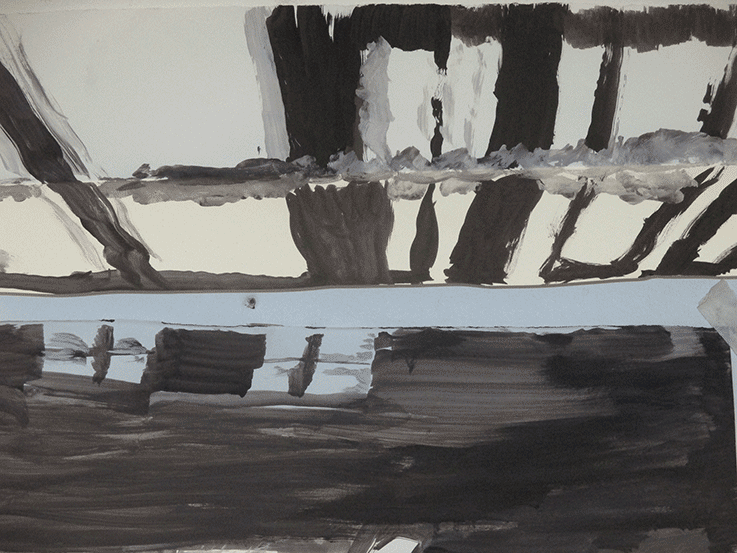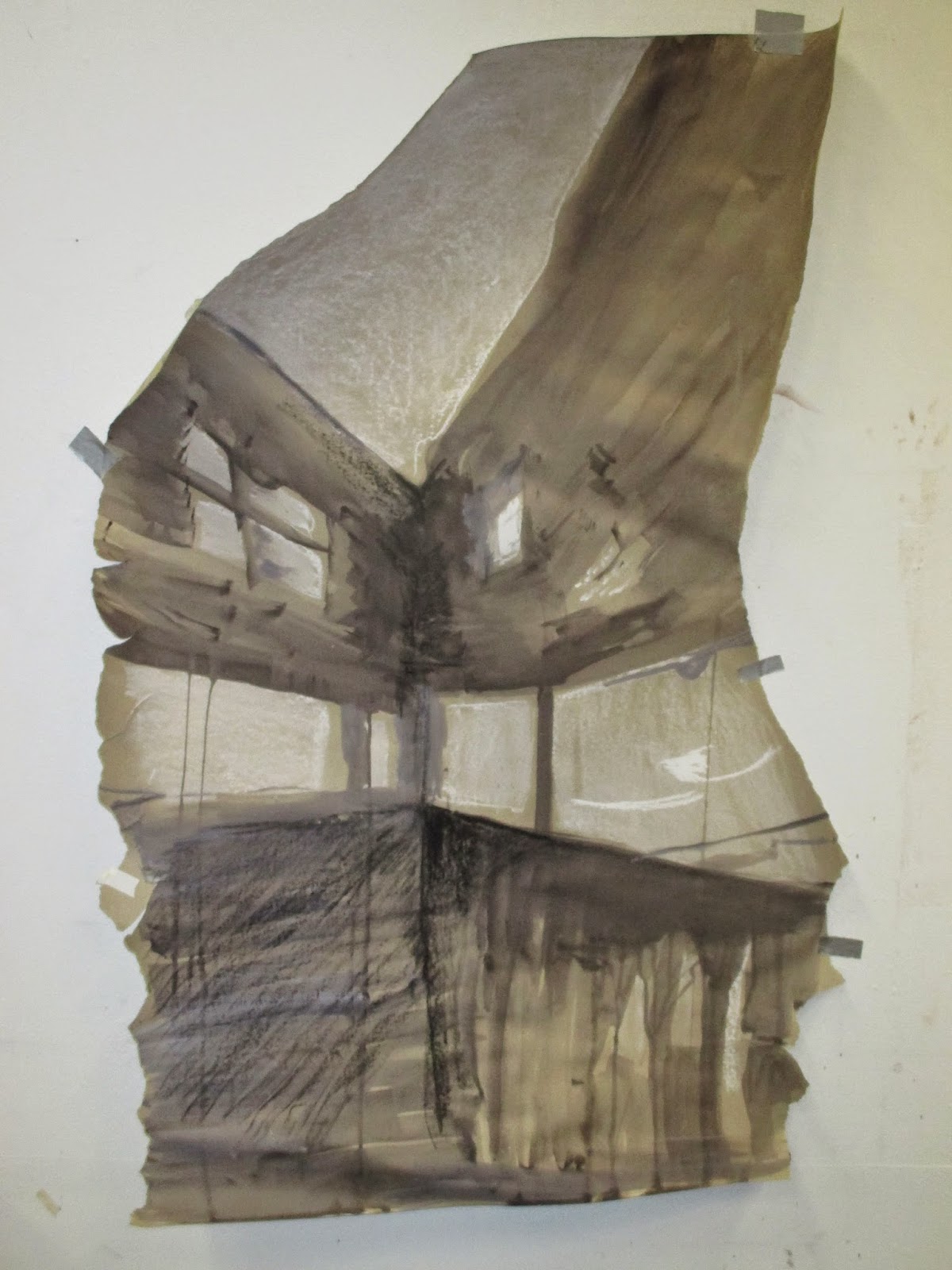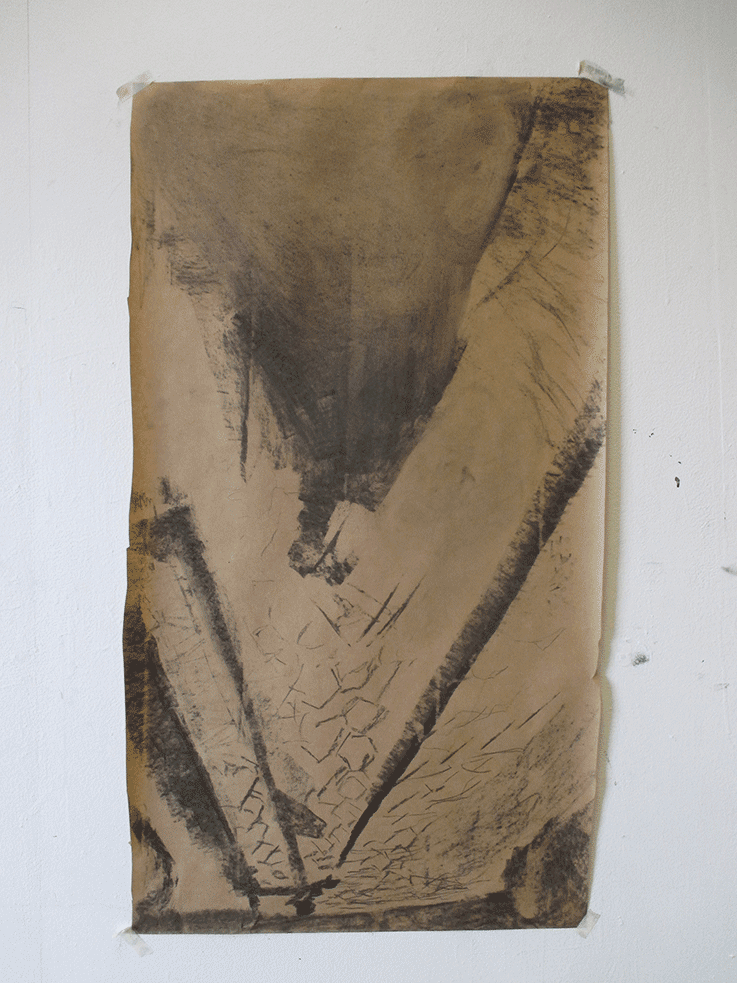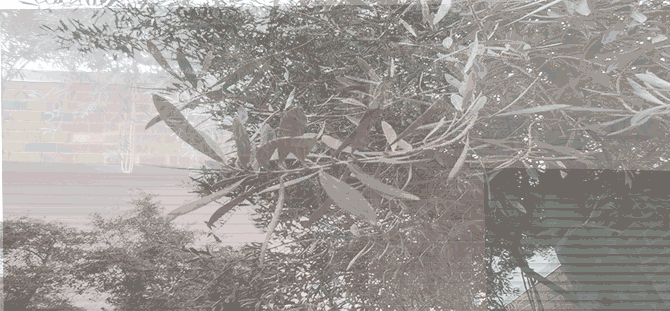I've recently been reading Mirror Travels: Robert Smithson and History as investigation for my site project. In the book, the author uses the french phrase terrain vague referring to "the liminal or interstitial landscape". These urban in-between spaces, such as my site (an abandoned lot at the corner of Palmerston and Stuart Streets), visually operate in passive resistance to the ordered, linear and definable nature of the contemporary cityscape.
One finds that trying to communicate the topography and features of terrain vague is roughly the liguistic equivalent of hitting ones head against the wall - as much as we are able to easily give directions and describe the landscape using words like 'post', 'block', 'street', 'park' and 'corner', our vocabulary is found wanting when terrain doesnt conform to our Cartesian view of space (and history).
All we are equipped with when confronted by the continuous, undulating, obscure products of erosion and untamed growth are few ambivalent terms like 'clump' and 'clearing' which really describe nothing but a general loss of bearing or direction.
"Swamp" - Robert Smithson and Nancy Holt
"Nancy Holt and Robert Smithson collaborated on this seminal film, which viscerally confronts issues of perception and process. The action of the film is direct: Holt walks through the tall grasses of a swamp while filming with her Bolex camera, guided only by what she can see through the camera lens and by Smithson's verbal instructions. The viewer experiences the walk from Holt's point of view, seeing through her camera lens and hearing Smithson's spoken directions. Vision is obstructed and perception distorted as they stumble through the swamp grasses."













